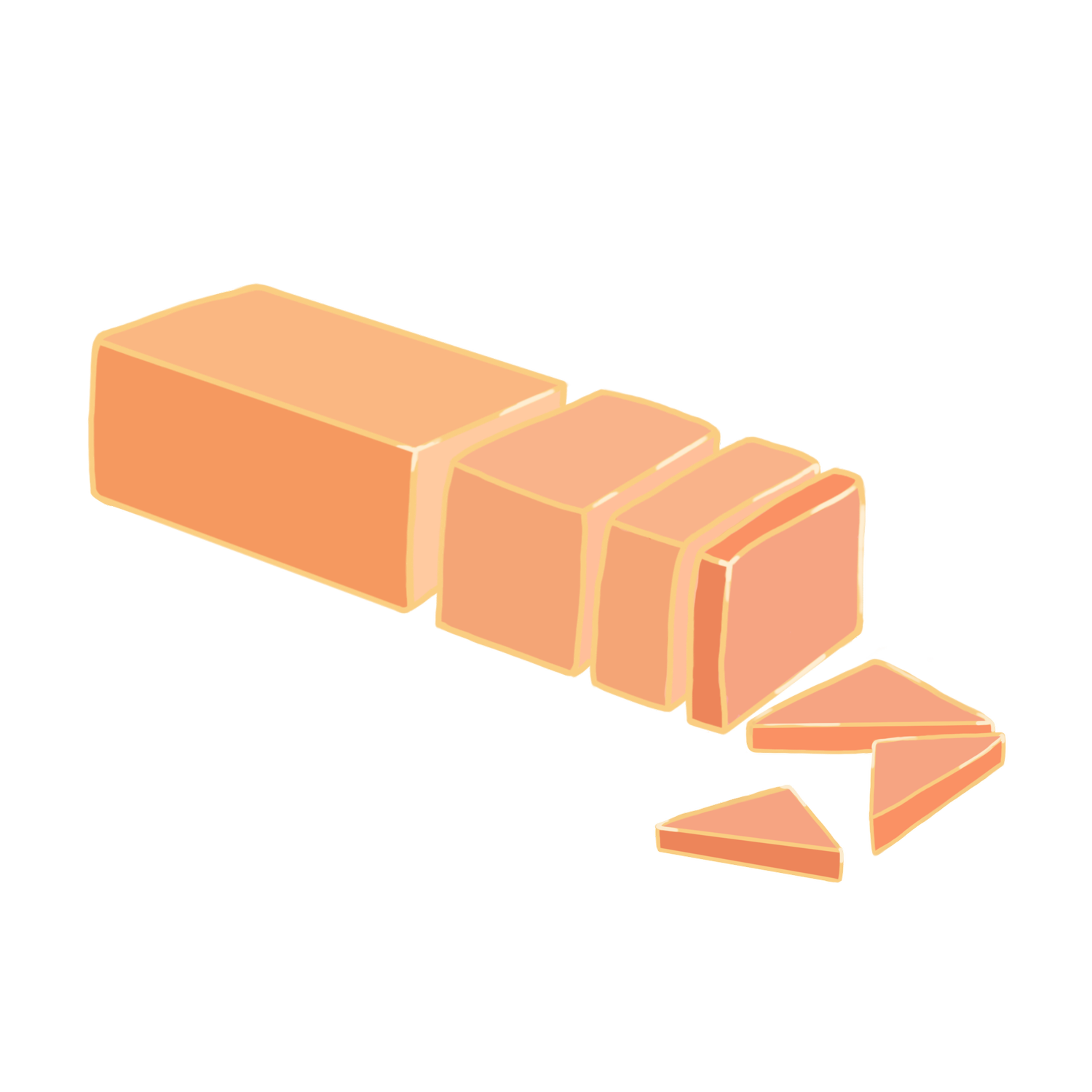Last Runner Standing Experiment
I've been fascinated by the Last Runner Standing race concept. It's so different from a normal race format.
- Only one person finishes the race. Everyone else is a DNF.
- The clock restarts every hour on the hour.
- The slower you run, the less time you have before the next lap starts.
- Consistency is the key.
The goal was to experience this format to see how long I could maintain a reasonable enough pace to provide myself with the right level of needed aid station time. And get in some nighttime running.
With the help of Leia and Coleen, we devised a mock version of the race to test drive. I converted my garage into an over-stocked aid station, and my son Jack was an amazing crew chief, who had supplies waiting for me with every stop. I created a flat, simple 4.16 mile out and back route and on Friday, May 8, 2020, I started the clock.
During the early laps, I couldn't believe how much time I had between laps. It gave me a fantastic appreciation for how much aid station work can be down in a short amount of time. The tough part then was waiting for the hour to arrive. I found myself sitting, or laying on the ground with my feet in the air. Chilling.
I didn't think it at the time, but looking back at my pace for each lap, I started too fast. I was relatively consistent for laps 2-4, but then I began a steady decline in pace. That happens to me in most marathons and ultras right around mile 20. Clearly, something I need to work on.
Lap 7 is when the wheels started to come off. My pace dropped by 1:52, costing me over 7 minutes of recovery time at the aid station. I did not think I was going to make the cutoff for lap 8. I had lost most of my "run" and seriously had to go to the bathroom. When I came in for the final curly Q lap around the block, my very special lady friend was standing at the corner. She cheered me on and gave me some energy to push it. I made the cutoff, shot to the bathroom, achieved my FKT for pooping, and set out for lap 9. I might of stretched my coral time by 15-20 seconds.
In this event, once you get behind, the only way to catch up is to speed up, and I was having a tough time maintaining my current speed. I've had ultras where I have taken 45 minutes to recharge, fix issues, and get back on track. With this event, that's not an option.
Areas of growth identified:
- Endurance in maintaining a steady pace past 20 miles.
- Rapid problem solving.
I did anticipate energy and nutrition needs and managed to stay on top of that. And I knocked down 36 miles on a Friday evening.

